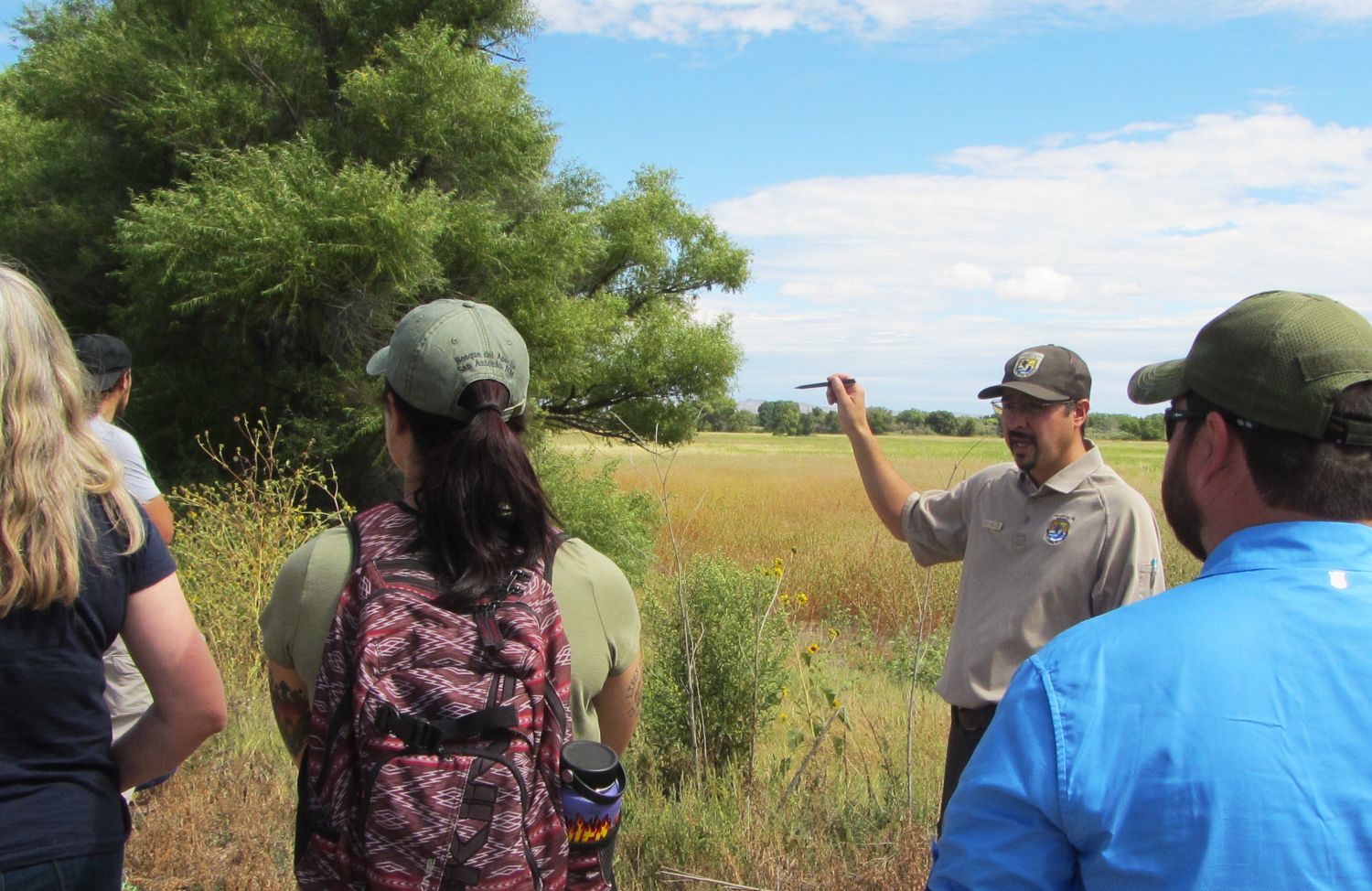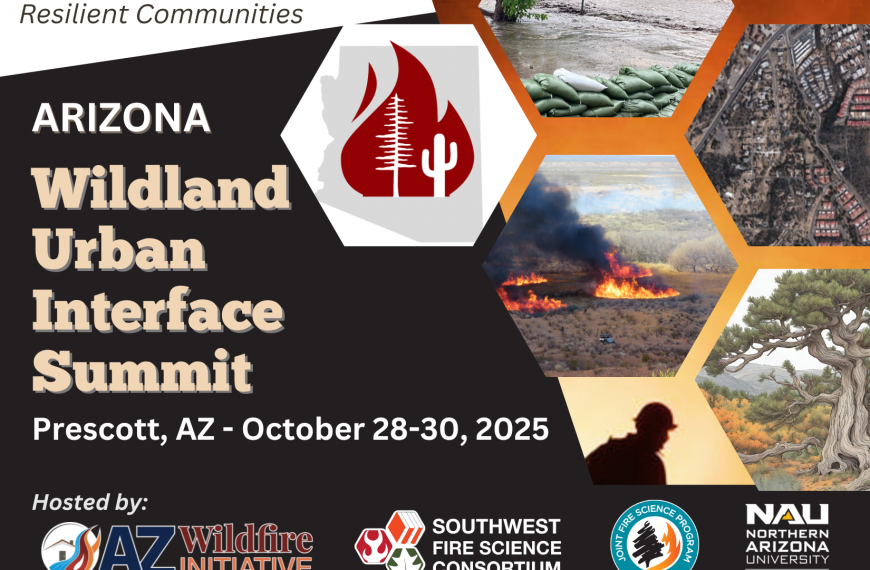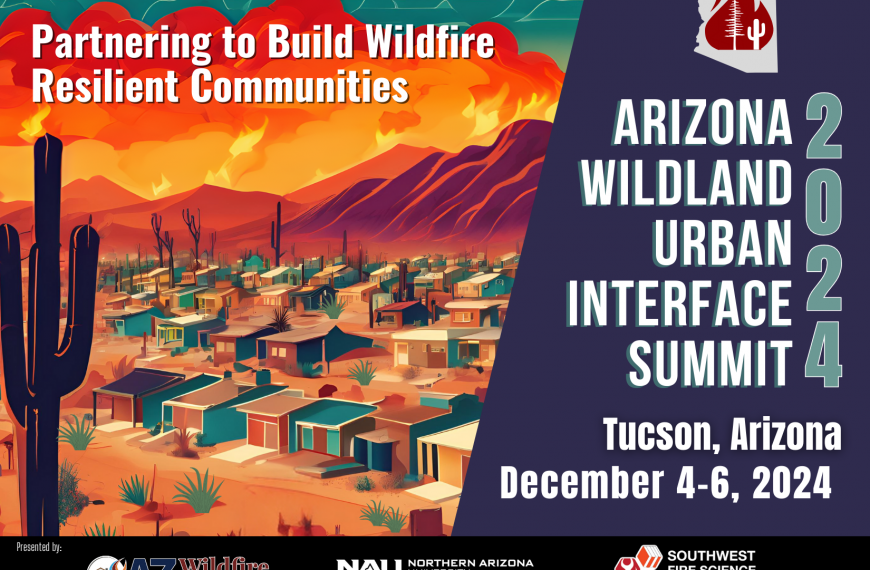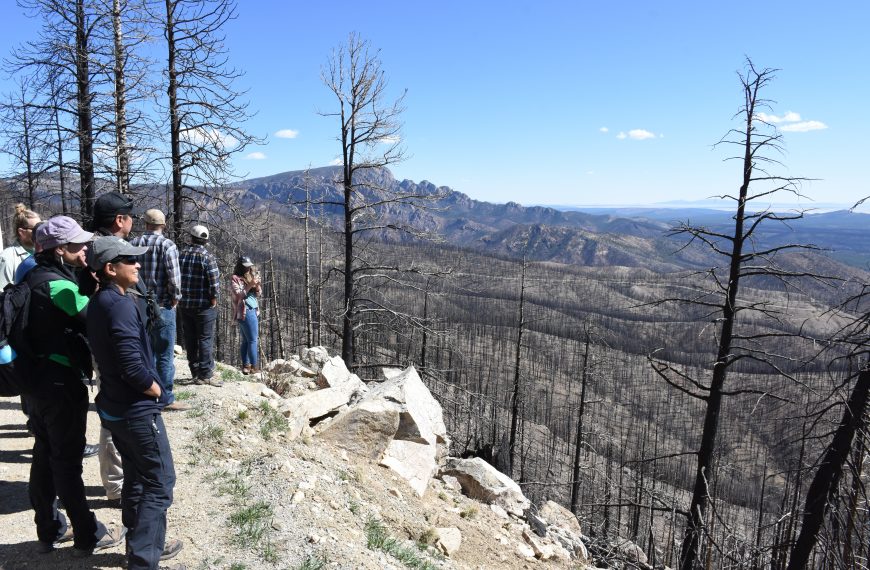Presenter: Dr. Fermin Alcasena
Date: August 26, 2020 11am AZ/12pm MDT
Despite the growing number of extreme fires occurring in wildland-urban interface areas of the western US, the development of wildfire risk reduction programs aimed at creating fire-adapted communities has been scarce. We present a management-oriented collaborative planning case study for the rural communities in central Idaho where fires escaping from surrounding forests could result in catastrophic losses to property. We implemented a fire modeling approach to assess structure-level exposure profiles and annual fire transmission. Since long-distance spreading fires posed the most significant threat, we expanded the fuels management area to the community fireshed where strategic treatments may mitigate crown fires showering embers and restrict fires from affecting residential neighborhoods. We then generated a fire transmission network to identify the main contributing land tenures to exposure and assess manageable risk. Finally, we determined the optimal solutions for different fuel treatment strategies and estimated the reduction in exposure for a set of scenarios. The tradeoffs among landscape versus local home ignition zone treatments revealed sharp transitions and high collocation opportunities. Revenue from thinning contributed to covering the cost of fuel management programs. Our methodological framework could be replicated in other communities of the western US, and fire-vulnerable areas globally. View a recording of this presentation here!







